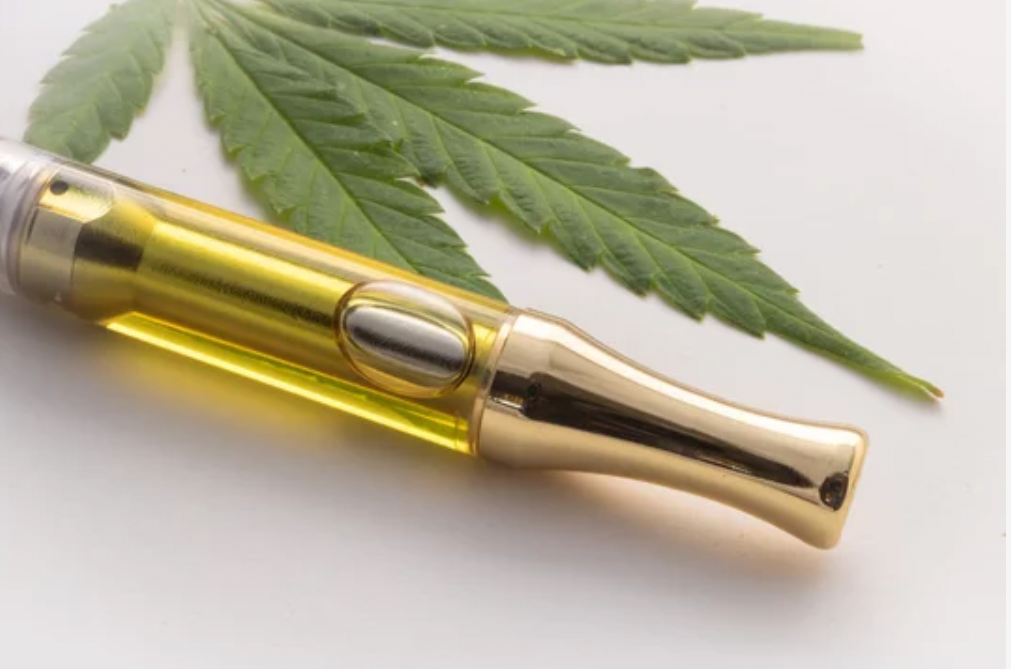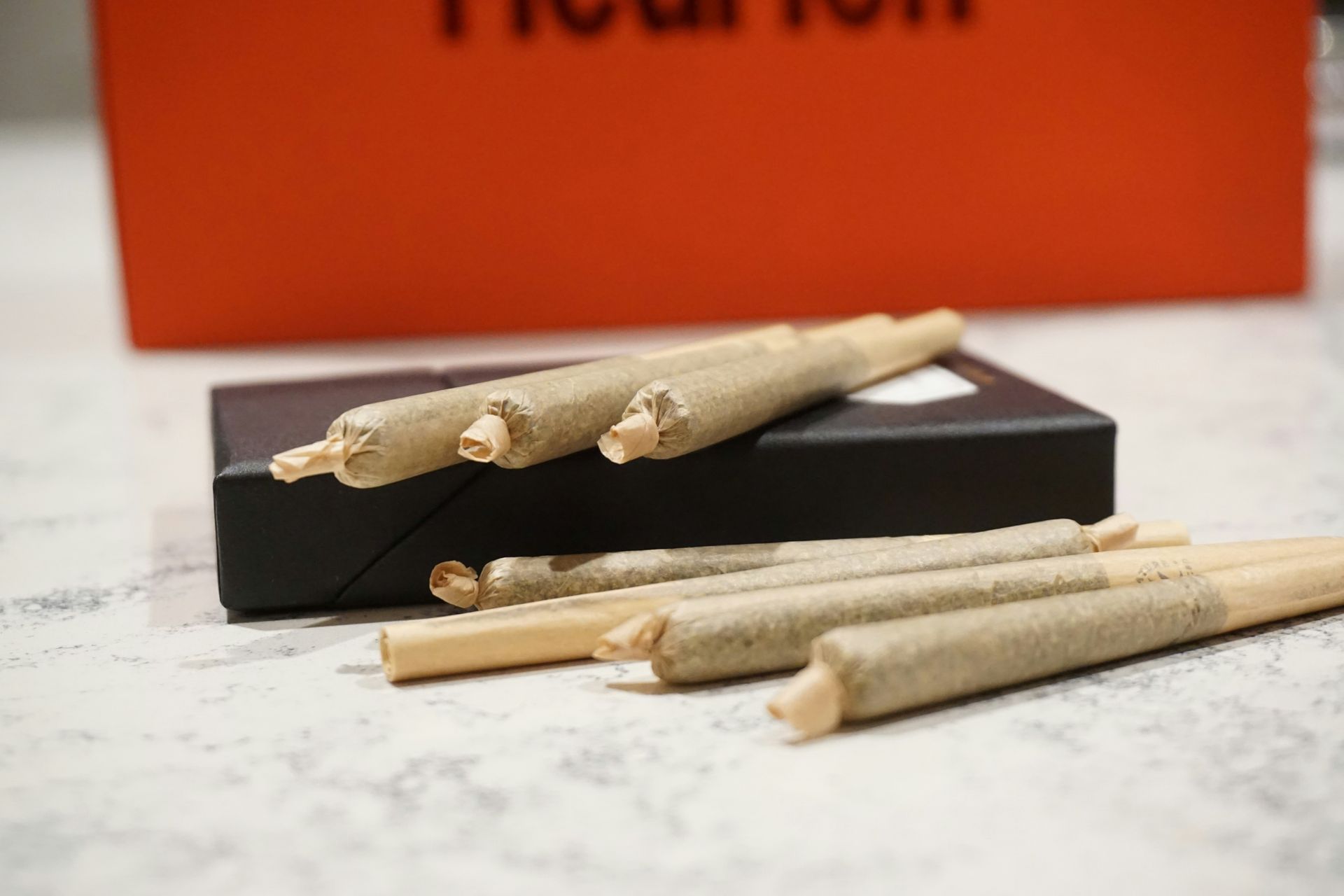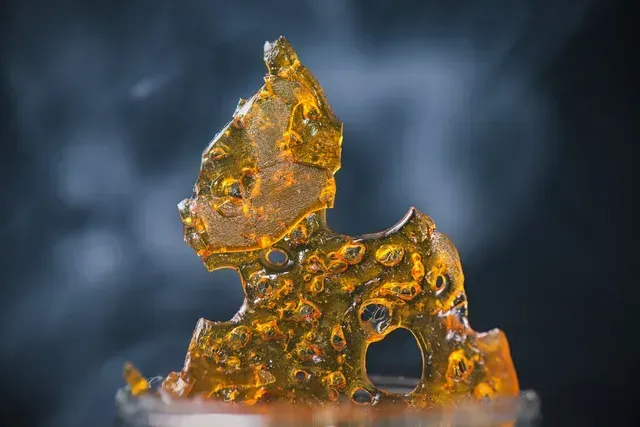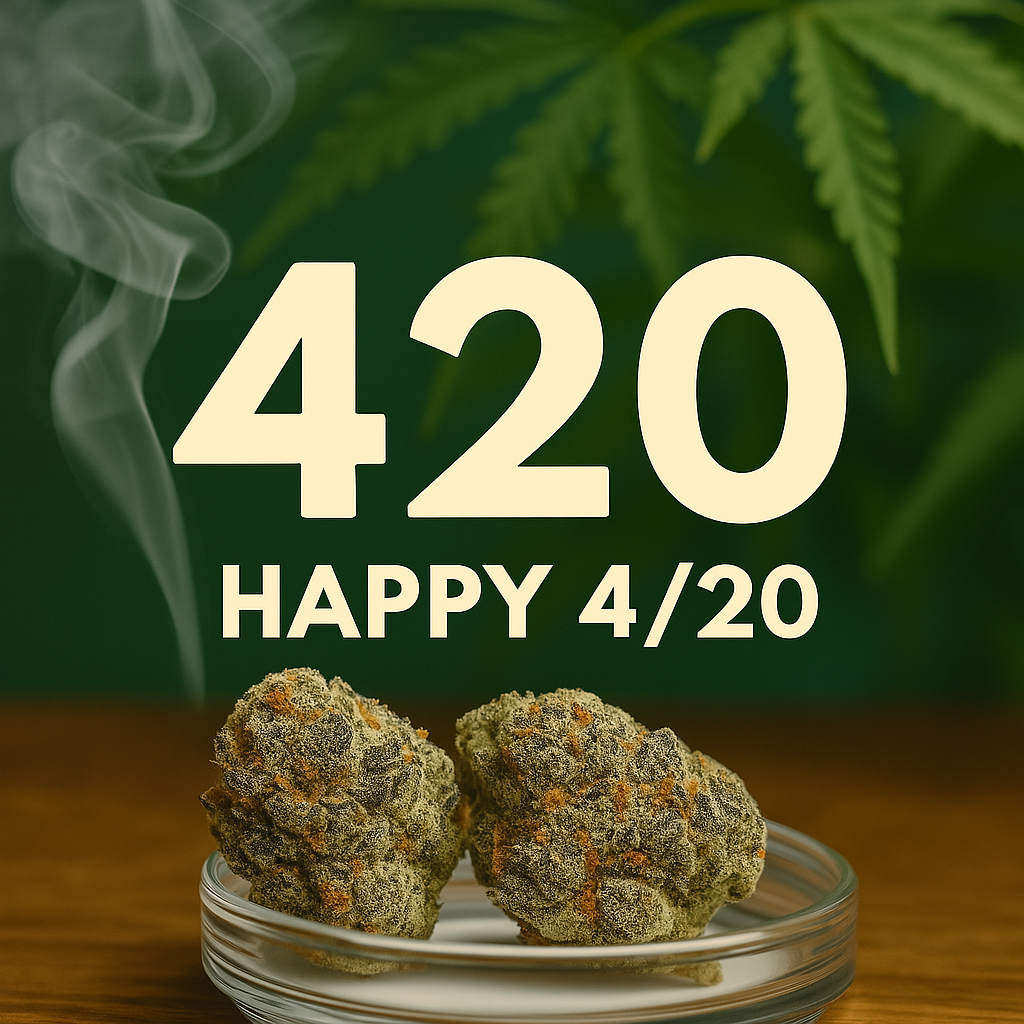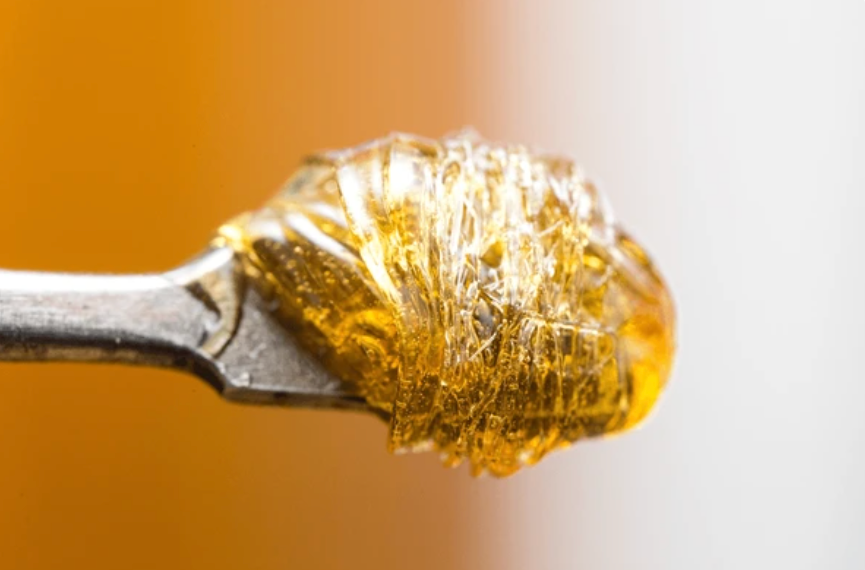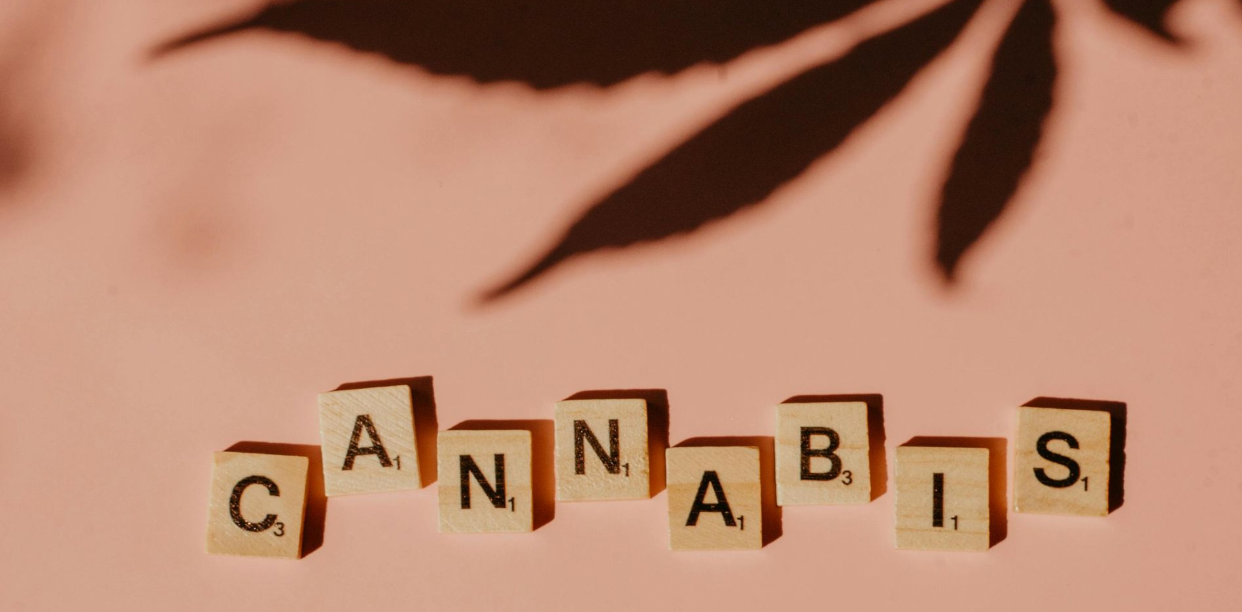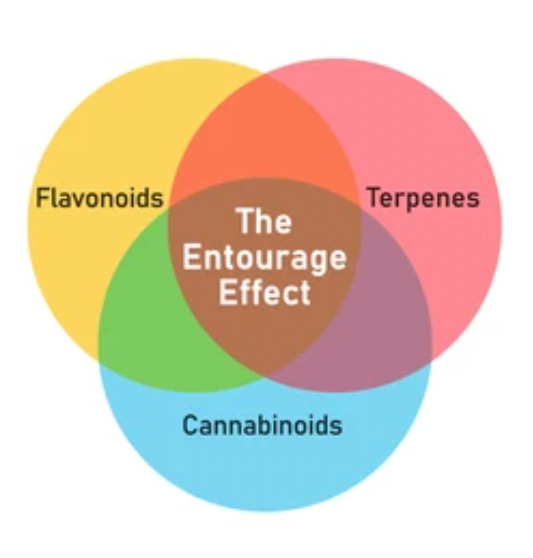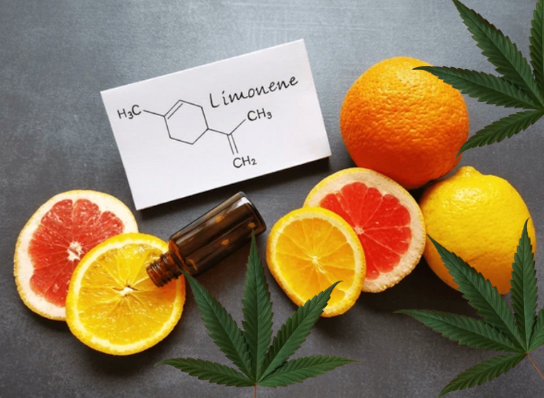Cannabinoids 101: Understanding THC, CBD, CBN, and More
Cannabis is much more than just THC and CBD—it’s a complex plant packed with unique compounds called cannabinoids, each with its own set of effects and benefits. From the psychoactive properties of THC to the calming effects of CBD, and lesser-known cannabinoids like CBN and CBG, every compound plays a role in shaping your cannabis experience.
In this guide, we’ll break down the differences between popular cannabinoids, explore their uses, and explain how they interact with your body. Whether you’re looking for pain relief, better sleep, or enhanced focus, understanding cannabinoids is the first step to finding the right product for your needs.
1. THC (Tetrahydrocannabinolail)
What it does:
THC is the psychoactive compound in cannabis responsible for the “high” feeling. It binds to receptors in the brain and nervous system, producing effects like euphoria, relaxation, and heightened sensory perception.
How does THC work in the body?
THC interacts with the body’s endocannabinoid system (ECS), a network of receptors that regulates vital functions like mood, sleep, appetite, and pain. THC binds strongly to CB1 receptors, which are primarily found in the brain and central nervous system, and to a lesser degree to CB2 receptors in the immune system. This binding causes the psychoactive and therapeutic effects associated with THC.
Common uses:
- Pain relief
- Nausea reduction (often used by chemotherapy patients)
- Appetite stimulation
- Relaxation and mood elevation
Cannabis products:
THC is found in all products at Ripe Cannabis. Some of our top recommendations are Rolling Green's
Oreoz, Heady Tree's
Frozen Coke and Left Coast's
Sour Diesel.
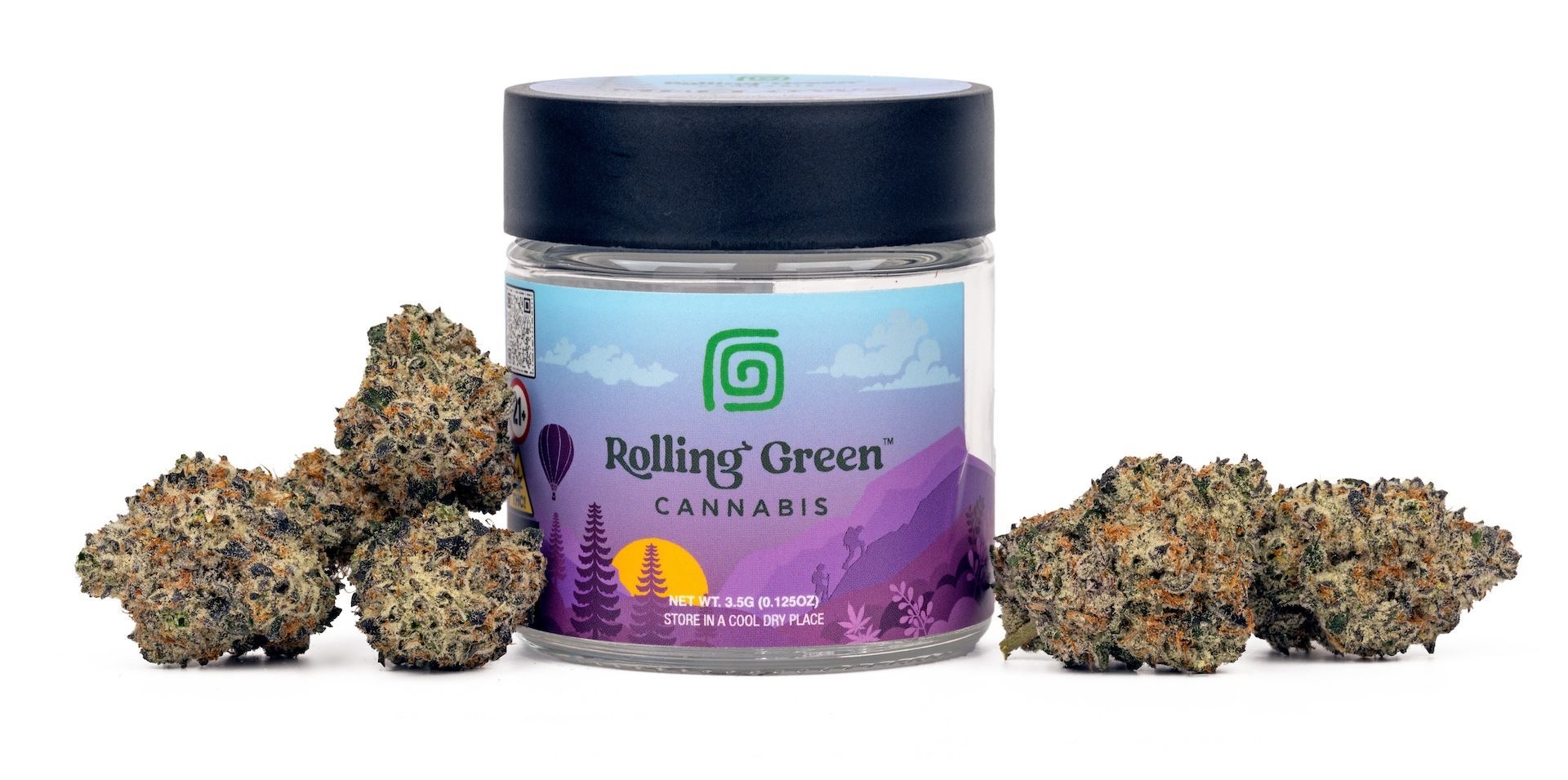
2. CBD (Cannabidiol)
What it does:
CBD is non-psychoactive, meaning it doesn’t produce a high. It interacts with different receptors in the body and is known for its calming and anti-inflammatory properties.
How does CBD work in the body?
CBD interacts with the body’s endocannabinoid system (ECS), which is a network of receptors responsible for maintaining homeostasis (balance) in key bodily functions such as mood, sleep, pain, and immune response. Unlike THC, which binds directly to CB1 receptors in the brain, CBD interacts indirectly with both CB1 and CB2 receptors. CBD also influences other receptors in the body, such as serotonin receptors (5-HT1A), which help regulate mood and anxiety, and vanilloid receptors (TRPV1), which are involved in pain perception and inflammation.
Common uses:
- Anxiety and stress relief
- Pain and inflammation management
- Sleep support
- Epilepsy treatment (e.g., FDA-approved Epidiolex for seizures)
Cannabis products:
The first place you'll likely see CBD when in a weed store, like Ripe Cannabis, is in edibles, but you'll also find it in select vapes as well. Camino Sours is a fantastic brand and their
Orchard Peach gummies are some of the best. Packed with flavor and made with 100mg of CBD to match the 100mg of THC. If you want CBD and aren't looking for an edible,
Ayrloom's Calm vape from their Ayrloom Mood vape line is a good choice. 90mg of CBD paired with THC to do as the name suggests, help stay calm. At
Ripe Cannabis, we make sure to keep stocked a variety of CBD products.
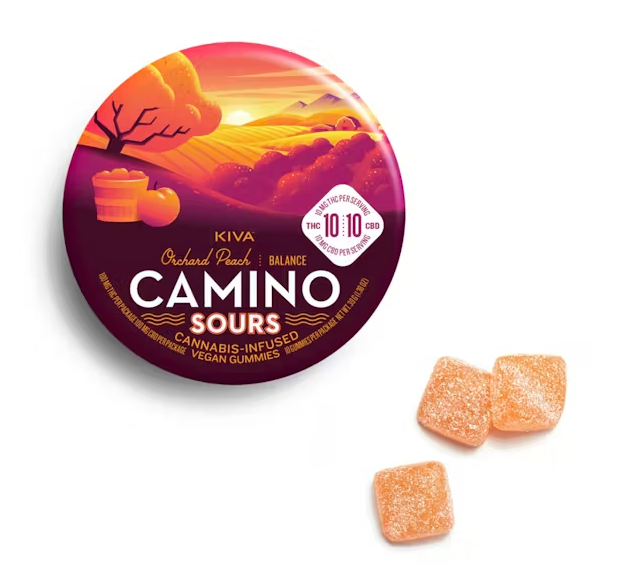
3. CBN (Cannabinol)
What it does:
CBN is a mildly psychoactive cannabinoid often associated with sedative effects, making it popular for sleep support. It’s formed when THC ages and breaks down over time.
How does CBN work in the body?
CBN interacts with the body’s endocannabinoid system (ECS), a network of receptors that regulates vital functions such as sleep, appetite, pain, and mood. Specifically, CBN interacts with:
- CB1 Receptors: Primarily located in the brain and central nervous system. CBN binds weakly to these receptors, which may contribute to its mild psychoactive effects.
- CB2 Receptors: Found in the immune system and peripheral tissues. This interaction is linked to its potential anti-inflammatory and immune-modulating properties.
Common uses:
- Sleep aid (often marketed in “sleep formulas”)
- Relaxation
- Appetite stimulation (milder than THC)
Cannabis products:
A little less common to see than CBD, you'll likely find CBN is products related to sleep or relaxation. A highly recommended edible with added CBN is
Off Hours Mellow gummies. Some of the best tasting gummies on the market with potent cannabis effects to match.

4. CBG (Cannabigerol)
What it does:
CBG is considered the “mother cannabinoid” because it’s the precursor to THC, CBD, and other cannabinoids. While not psychoactive, it interacts with receptors to offer a range of potential therapeutic effects.
How does CBG work in the body?
CBG interacts with the body’s endocannabinoid system (ECS), a network of receptors that regulate key functions like mood, appetite, sleep, and immune response. Specifically, CBG binds to CB1 receptors in the brain and CB2 receptors in the immune system. Unlike THC, which strongly binds to CB1 receptors and causes psychoactive effects, CBG binds less strongly, meaning it doesn’t produce a “high.” Instead, it offers a range of therapeutic effects.
Common uses:
- Anti-inflammatory support
- Antibacterial properties
- Appetite stimulation (milder than THC)
Cannabis products:
A crowd favorite for cannabis with added CBG is
Off Hours Euphoric gummies. Vegan friendly and gluten free.
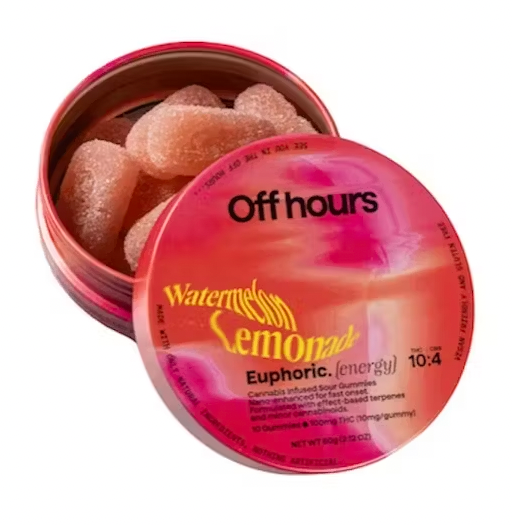
5. CBC (Cannabichromene)
What it does:
CBC is non-psychoactive and works synergistically with other cannabinoids in the entourage effect to enhance therapeutic benefits. It interacts with receptors linked to inflammation and pain.
How does CBC work in the body?
CBC interacts with the body’s endocannabinoid system (ECS), which regulates mood, pain, immune function, and more. However, unlike THC and CBD, CBC does not directly bind to the primary cannabinoid receptors CB1 and CB2. Instead, it works with TRPV (vanilloid) receptors and other pathways that influence pain, inflammation, and mood. These include:
- TRPV1 (Transient Receptor Potential Vanilloid 1): Involved in pain perception and inflammation.
- TRPA1 (Transient Receptor Potential Ankyrin 1): Plays a role in responding to noxious stimuli and inflammation.
By activating these receptors, CBC can increase the levels of endocannabinoids like anandamide, which contribute to feelings of happiness, balance, and pain relief.
Common uses:
- Pain relief
- Skin maintenance
- Mood improvement
Cannabis products:
At Ripe Cannabis, we make sure to always keep stocked products that contain the major cannabinoids. A choice that contains CBC that you can't go wrong with is Florist Farm's Happy strawberry lemonade flavored gummies. Designed to brighten your day and deliver a high that is cheerful and keeps you smiling.
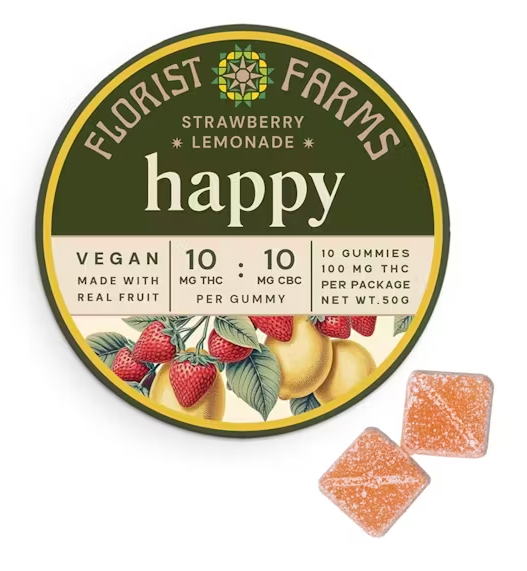
6. THCV (Tetrahydrocannabivarin)
What it does:
Unlike THC, THCV is considered a “neutral” cannabinoid in terms of psychoactivity. At low doses, THCV does not produce a high and can even suppress some of THC’s psychoactive effects. However, at higher doses, THCV can produce a mild psychoactive effect, but it’s typically described as more clear-headed and stimulating compared to THC’s euphoric high.
How does THCV work in the body?
THCV interacts with the endocannabinoid system (ECS), specifically with CB1 and CB2 receptors:
- At low doses, THCV acts as a CB1 receptor antagonist, meaning it blocks the same receptor that THC activates. This can reduce THC’s psychoactive effects and help regulate appetite.
- At higher doses, THCV acts as a CB1 receptor agonist, meaning it activates the receptor and can produce psychoactive effects, though they are typically milder than THC.
THCV also interacts with CB2 receptors, particularly in the immune system, which may contribute to its anti-inflammatory properties.
Common uses:
- Appetite control
- Energy boost
- Focus and clarity
Cannabis products:
THCV is becoming a popular addition to marijuana products with its noticeable appetite suppression. Among those products is one of our favorites, Heavy Hitter's Lights On Green Crack gummies. Made with 20mg of THC and 10mg of THCV, they help to deliver a clean high without the edge.
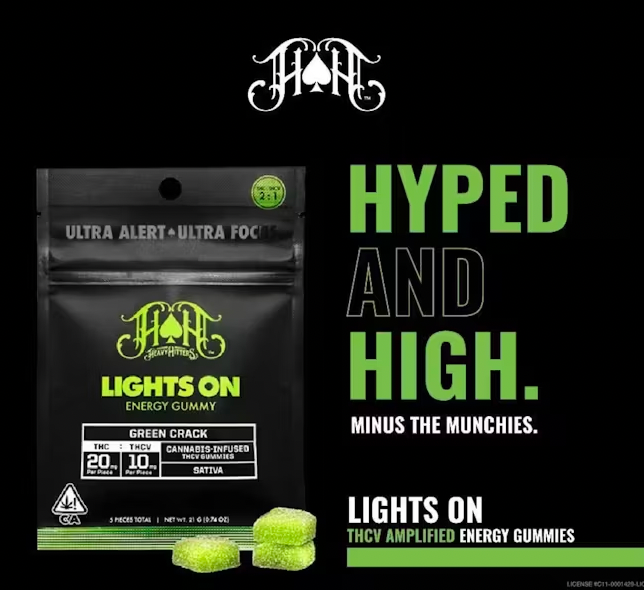
Key Differences
| Cannabinoid | Psychoactive? | Main Effects | Common Uses |
|---|---|---|---|
| THC | Yes | Euphoria, relaxation | Pain relief, appetite, mood elevation |
| CBD | No | Calming, anti-inflammatory | Anxiety, pain, sleep |
| CBN | Mildly | Sedative, relaxing | Sleep aid, relaxation |
| CBG | No | Anti-inflammatory, antibacterial | Gut maintenance, neuroprotection |
| CBC | No | Pain relief, skin maintenance | Pain, inflammation, mood improvement |
| THCV | Mildly (high doses) | Energy, appetite suppression | Appetite control, focus, clarity |

